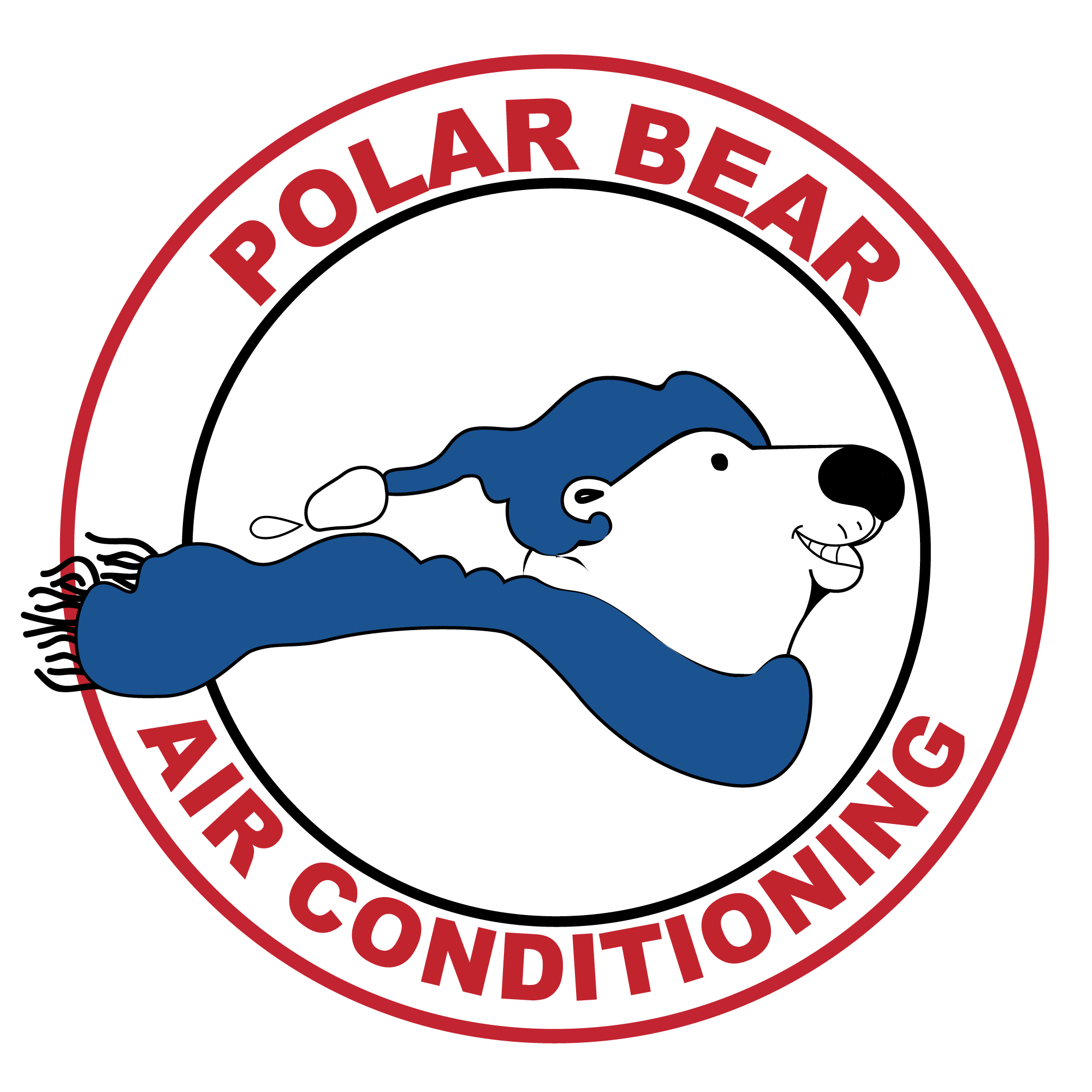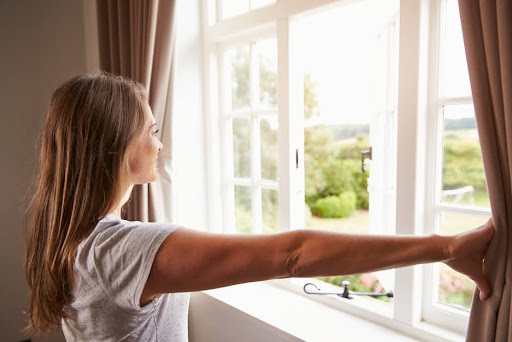Home is supposed to be your safe space. It’s where you relax after a long day, make memories with your family, and enjoy the simple things. You expect comfort, safety, and peace inside your walls. But what if something you can’t even see is quietly putting all of that at risk? Poor ventilation is one of those hidden problems that can creep into your home life and affect more than just your comfort — it can impact your health, safety, and even your home itself.
Let’s break down the hidden risks of poor ventilation and what you can do to protect the place you love most.
Why Ventilation Matters More Than You Think
Good ventilation isn’t just about cooling off a warm room. It’s what keeps your indoor air fresh, clean, and free of things that don’t belong in your lungs. Without it, your home becomes a trap for pollutants, moisture, and all kinds of particles you don’t want to be breathing.
The hidden risks of poor ventilation can show up slowly, making it easy to miss the warning signs until the damage is done. From affecting your health to quietly damaging your house, poor airflow is something no homeowner should ignore.
Hidden Risks of Poor Ventilation in Your Home
Poor ventilation isn’t always obvious at first. Sometimes, you might just notice a lingering smell or a little more dust than usual. But over time, those small signs can lead to bigger problems. Here’s what’s really at stake.
Impact on Your Health and Comfort
Poor ventilation traps pollutants inside, turning your cozy living room into a breeding ground for bacteria, mold, and allergens like dust, dander, and pollen. If you’ve ever noticed an uptick in coughs, sneezes, headaches, or even a little throat irritation when you’re at home, your air might be the culprit.
The hidden risks of poor ventilation in your home don’t stop at sniffles and coughs, either. Over time, being exposed to high levels of particulates can strain your respiratory system and immune system. People living with asthma, bronchitis, or other breathing problems often feel these effects the hardest.
Moisture, Mold, and Mildew Problems
Another one of the hidden risks of poor ventilation is how moisture can quietly take over your space. Poor airflow lets humidity build up, creating the perfect environment for mold and mildew. You might spot it on your bathroom ceiling, in your attic, or creeping along the edges of windows.
Not only does this cause an unpleasant odor, but mold growth can damage your furniture, roof, walls, and even the structure of your home if left unchecked. Plus, mold spores floating through the air pose hazards for breathing, triggering everything from allergies to shortness of breath.
High humidity can also cause water damage and condensation problems, leading to expensive repairs you don’t want to deal with.
Air Quality and Energy Efficiency
When airflow isn’t managed well, your HVAC system has to work harder to heat or cool your home. That means higher energy consumption, higher bills, and lower efficiency all around.
And because the air isn’t being refreshed properly, it stays filled with pollutants like smoke, dust, carbon, and even fumes from paint, gas stoves, or construction materials. Over time, this buildup can lower your indoor air quality and lead to headaches, skin irritation, stress, and fatigue.
Homes with poor ventilation also experience more contamination of the air with particulates and pollutants, making an air purifier, dehumidifier, or improved filtration system a must.
How Poor Ventilation Can Affect Your Health and Safety
There are a lot of ways poor ventilation can affect your health and safety, and many of them happen quietly over time:
- Breathing Problems: Increased asthma attacks, respiratory tract infections, and coughing fits.
- Fatigue and Mood Changes: Poor air quality can drag down your mood and leave you feeling constantly tired.
- Skin Irritation and Allergies: More dust, pollen, and pet dander floating around can cause skin irritation and flare-ups.
- Serious Health Risks: Long-term exposure to bacteria and mold can impact your heart and lungs.
- Stress and Concentration Issues: Stale, polluted air can sap your concentration and affect your productivity at work or school.
These are just a few examples of how real the risks of poor ventilation in your home can be if they’re left unchecked.
Signs Your Home Has Ventilation Problems
Understanding the ways poor ventilation can affect your health and safety is important, but being able to identify the problem is just as crucial. So, how do you know if you have a ventilation issue on your hands? Here are some red flags:
- Rooms feel stuffy or smell musty
- You notice condensation on windows or walls
- Mold spots appear in bathrooms, kitchens, or attics
- You or your family experience frequent headaches, allergies, or respiratory issues
- There’s visible dust buildup no matter how much you clean
- High humidity levels or moisture damage in places like your bathroom, kitchen, or attic
If any of these sound familiar, it might be time to look into indoor air quality services.
What You Can Do About It
There are a few ways you can boost ventilation and protect your home and family:
- Use Exhaust Fans: Especially in high-moisture areas like the bathroom and kitchen.
- Open Windows Strategically: Let fresh air circulate on milder days.
- Invest in Professional Services: Scheduling regular AC maintenance keeps your system working like it should and supports better airflow.
- Upgrade Your Filters: Swapping out your air filter for a HEPA-rated one can help trap particulates like dust and pollen.
- Install an Air Purifier: This is especially helpful for filtering pollutants, bacteria, and even some smoke particles out of your air.
Managing airflow and ventilation is not just about comfort — it’s about taking real steps to protect your home, your health, and your future.
Don’t Let the Hidden Risks of Poor Ventilation Sneak Up on You
The hidden risks of poor ventilation aren’t just an abstract problem — they’re something that can seriously affect your daily comfort, your family’s health, and your home’s long-term value. Ignoring these risks won’t make them go away; in fact, they’ll probably get worse over time.
Thankfully, you don’t have to tackle it alone. Polar Bear Air Conditioning is here to help make your home safer, healthier, and more comfortable. We offer a full range of indoor air quality services in the Cayman Islands to meet your needs.
Call Polar Bear Air Conditioning for a Healthier Home!
At Polar Bear, we’re about building real relationships with homeowners. We’ll talk you through your system, answer your questions, and help you breathe easier with professional indoor air quality and AC maintenance in the Cayman Islands.
Your home is where your family’s best moments happen. Don’t let poor ventilation get in the way of that. Contact us today to schedule your service in the Cayman Islands and get started on making your home the safe, comfortable haven it should be!


0 Comments